April 18, 2025 | 11:51 GMT +7
April 18, 2025 | 11:51 GMT +7
Hotline: 0913.378.918
April 18, 2025 | 11:51 GMT +7
Hotline: 0913.378.918

Prime Minister Pham Minh Chinh inspects Cai Lon - Cai Be projects on March 5, 2022. Photo: VGP.
Ministry of Agriculture and Rural Development (MARD) in collaboration with the People's Committees of 13 provinces and cities in Mekong Delta held the conference on March 6 with the theme of "Promoting Sustainable Agricultural Development in the Mekong Delta to Adapt to Climate Change" in the morning of in Kien Giang Province.
The Mekong Delta always ranks first in the country’s production of rice, brackish water shrimp, pangasius, and fruit, of which, rice is an advantageous crop that has attracted investments in developing towards intensive farming to increase productivity and quality. Rice plays a particularly important role in the national food security strategy which targets to produce 24.1 million tons of grain rice including 5-6 million tons for annual export grossing a turnover of USD2-3 billion.
This is also the largest fruit area of Vietnam with nearly 400,000ha giving an output of 4.3 million tons, accounting for 60% of the country’s total productivity.
According to data updated by MARD, the region's fishery output in 2021 stood at 4.79 million tons, making up 55.7% of the country's total figure and bringing in a value worth more than VND182,000 billion (mainly from shrimp and pangasius).
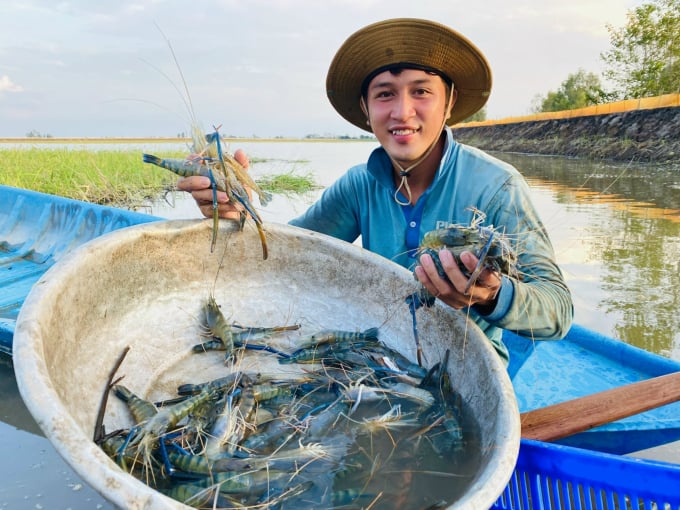
Many farmers in the Mekong Delta get rich thanks to organic shrimp farming. Photo: Le Hoang Vu.
However, climate change that causes temperature and rainfall fluctuation has affected crop structures and yields and caused an increase in epidemics and diseases.
"Especially, Mekong Delta’s agricultural products are becoming more and more dependent on the Chinese market, including those that previously had entered other major markets. Pangasius is an example," according to MARD.
Besides, while integrating deeply into the world market, Vietnam must meet stricter regulations for export goods. Integration also means expanding the domestic market and accepting competition right in the home country. This challenge is even greater for the region partly due to its limited capacity in forecasting, providing information, managing markets, and controlling food safety.
Unstable output, production cost increase, and difficulties in production have pushed labor out of agriculture while non-agricultural jobs have not yet met qualification requirements so this may lead to redundant labor.
In the Mekong Delta’s agricultural production, the small-scale household economy is still prevailing. The farm economy has not yet become a driving force for households to improve their production to a larger scale. Agricultural cooperatives develop slowly. The whole region has only about 2,460 agricultural cooperatives many of them have not yet linked with enterprises to upgrade their production and products consumption.
Large rice fields in the Mekong Delta now only make up 26.8% of the total rice cultivation area of the region. In addition, the coordination in commodity chain, regional connection, and linkage between localities with similar raw material areas have not been focused on.
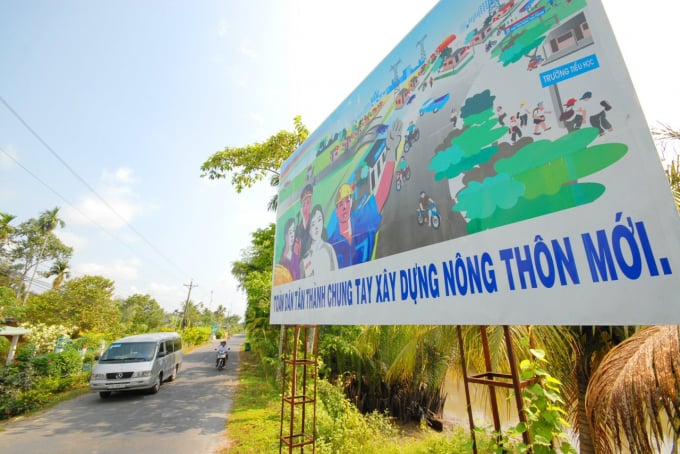
By the end of 2021, 69.68% of communes in the Mekong Delta had met new rural area standards. Photo: Le Hoang Vu.
“Land can be fragmented, but development mindset cannot be fragmented. Production can be small, but the promotion of agricultural products cannot be small in each locality”, that is a guiding view of MARD.
To exploit the potential and advantages of this "Nine Dragons" land, over the years, infrastructure for agricultural and rural development such as irrigation, natural disaster prevention, and control in Mekong Delta has been developed and constantly enhanced.
According to MARD, to cope with challenges caused by subsidence, floods, saltwater intrusion, and changes in the Mekong River flows, in the period of 2021 - 2025, about VND19,000 billion will be poured into Mekong Delta under the management of MARD. This investment will focus on building systems of saline control, supporting and supplementing freshwater for sustainable agricultural production adapting to climate change.
Along with the change of thinking "food security basing on rice", the region should set up a strategy pivoted to fisheries - fruits - rice taking the regional and sub-regional advantages.
The region should develop from purely productive agriculture based on increasing area and output to commodity agriculture following market demands, at the same time gradually adjusting the production system to develop value chains.
MARD has set out key tasks and solutions for Mekong Delta agriculture to rise to a higher level in the coming time. Firstly, it should set up and implement master plans for agriculture and rural development.
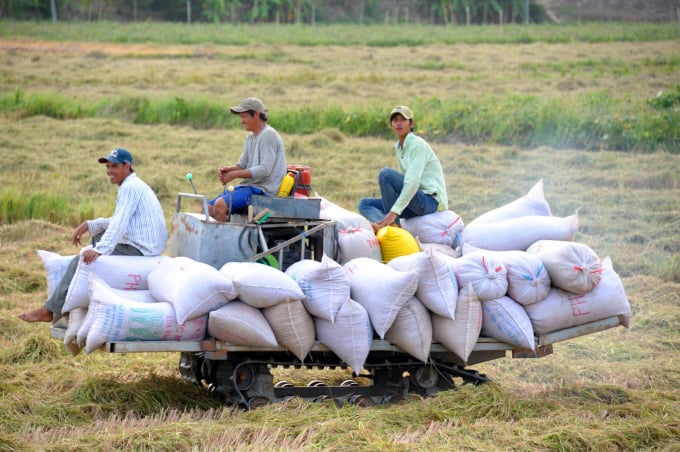
Developing from purely productive agriculture based on increasing area and output into commodity agriculture following market demand. Photo: Le Hoang Vu.
Secondly, it should develop and implement mechanisms and policies on agricultural and rural development, especially those on land reforms. Policies on supporting people in converting rice land, especially from 3-crop intensive cultivation into different others should be promulgated.
Thirdly, public investment resources for regional agricultural and rural development should be effectively allocated. Fourthly, it should coordinate with Farmers' Associations and other organizations to develop professional training programs for farmers; cooperate with business associations to build programs for agricultural labor transformation; and develop programs to attract young experts and intellectuals to work at research and training centers, state management organizations and public services for agriculture.
Fifthly, it should boost regional cooperation and linkage (internal and external) by establishing a coordination committee for sustainable development to adapt to climate change in each sub-region with direct or close links with the Regional Council.
The region should boost linkages in controlling floods, salt-fresh water flows and provide forecasts for market supply and demand to adjust production scale.
MARD proposed the Prime Minister consider promulgating a Directive on a number of tasks and solutions to promote sustainable agricultural and rural development in the Mekong Delta. In which, the PM should direct relevant ministries, agencies, and People's Committees of provinces and cities in the Mekong Delta to advise on the development, completion, and promulgation of specific and strong enough policies and mechanisms to mobilize and attract investment resources in the region in the coming time.
MARD Minister Le Minh Hoan said agricultural history and its annual growth statistics show the very great role and position of the Mekong Delta.
Although the region has 13 provinces and cities, its chains of agriculture and fishery are spreading over many areas, not concentrated in one. For example, businesses in Can Tho buy rice in Long An, Tra Vinh, and Kien Giang or there is a pangasius farming area in Soc Trang but its processing plant is located in Bac Lieu…
The wider an industry value chain is, the more risks it will face. When an incident occurs in any province, if it does not cooperate with others to handle it, there will be a delay in the process of circulation, production, and business activities. The longer the delay, the more broken the goods chain will be, thus agricultural products are slow to reach the market.

MARD Minister Le Minh Hoan visits a dragon fruit production and trading model.
Therefore, the agricultural sector’s leader said that it is necessary to create a common development space for the whole region to link the 13 provinces together. The Mekong Delta must be considered as an “entity”. It is both radial and outward (as it's the southern key economic zone with the most prominent being HCM City).
To do that, we need to integrate planning and have a general coordination mechanism for the whole region. Through that, the potentials and advantages of each province will be put together, do not compete with each other but support each other to create a large scale production. The building of a common brand name for the region must be “absorbed” into each locality.
MARD will work with 13 provinces and cities in the region to coordinate for agricultural development, including trade and investment promotion; infrastructure, irrigation systems, logistics, and coordination of ecological zones to avoid conflicts with each other. The ministry will even coordinate with international projects in the Mekong Delta so that they can promote a wide-spreading in the region.
In MARD’s cooperation program with 13 localities, the Ministry has clearly assigned its own responsibility as well as the monitoring roles for provinces, districts, and communes in the region in the direction towards a common economic development space.
“Along with that, if we reorganize production with many strong enough cooperatives and businesses, I am sure that we will create a reliable and sustainable ecosystem for FDI businesses and corporations to pour into investment. Since then, each province can benefit from the common results," emphasized Minister Hoan.
Targets for 2021 - 2025 period
Agricultural GDP growth rate of the whole Mekong Delta region is over 3%/year; the growth rate of income from agro-forestry-fishery (AFF) processing is over 5%/year; AFF labor productivity growth rate in is over 5%/year; AFF value rate of products under the form of cooperation and association is over 30%.
Along with that, the agricultural labor proportion decreases to less than 30% of the total employees; the percentage of farmers trained in agriculture is over 30%. The output crop and aquaculture products certified for sustainable production is over 20%; The percentage of livestock production facilities applied efficient and clean waste treatment by using biogas or other technological solutions reaches 50%.
The proportion of land for agricultural and aquacultural production with modern and environmentally friendly irrigation is over 30%; The percentage of productive forest area certified with sustainable management is 50%.
Translated by Linh Nguyen

(VAN) During the working session with Deputy Minister Le Cong Thanh, Professor Francesco Corvaro, Italian Climate Change Envoy, reaffirmed Italy's commitment to supporting Vietnam in climate change response.
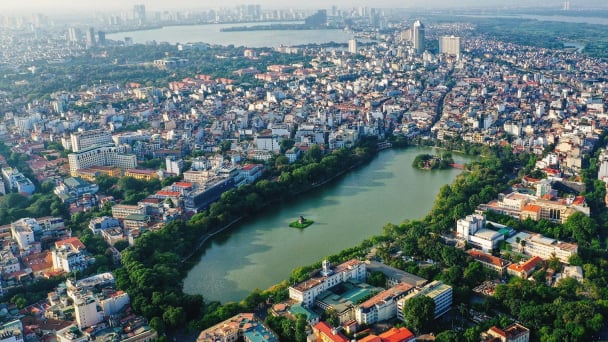
(VAN) After the merger, key leadership personnel of the provinces must consult with the General Secretary, key leaders, and the Standing Secretariat.
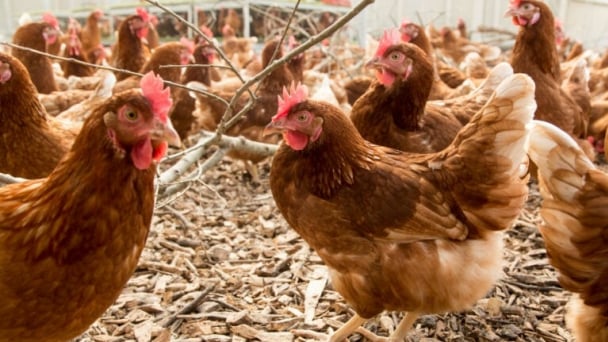
(VAN) The latest Business Benchmark on Farm Animal Welfare (BBFAW) reveals steady progress on farm animal welfare across the global food industry.
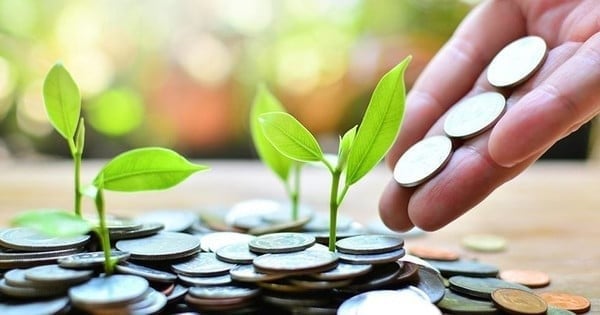
(VAN) Green credit is a financial policy that effectively supports environmentally friendly projects and activities today.
/2025/04/09/1049-2-165919_630.jpg)
(VAN) With a revenue of less than VND 30 billion/year, packaging producers are exempted from EPR liability under Decree No. 05/2025 newly issued.
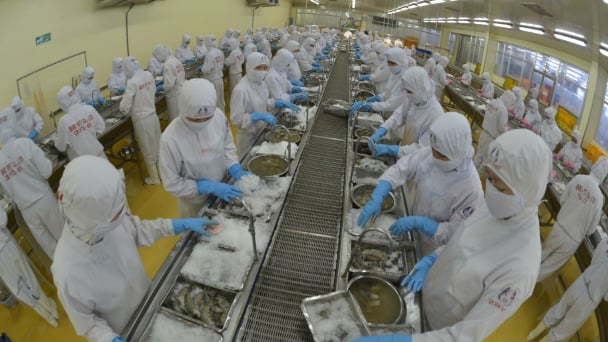
(VAN) Ministry of Agriculture and Environment has issued an Action Plan for sector's development in the coming period, aiming for a growth rate of 4% or higher and an export turnover of USD 65 billion.
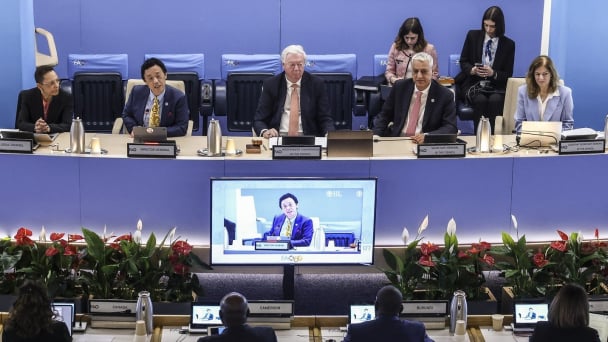
(VAN) The 177th Session of the FAO Council opened on Monday at the Organization’s headquarters in Rome.